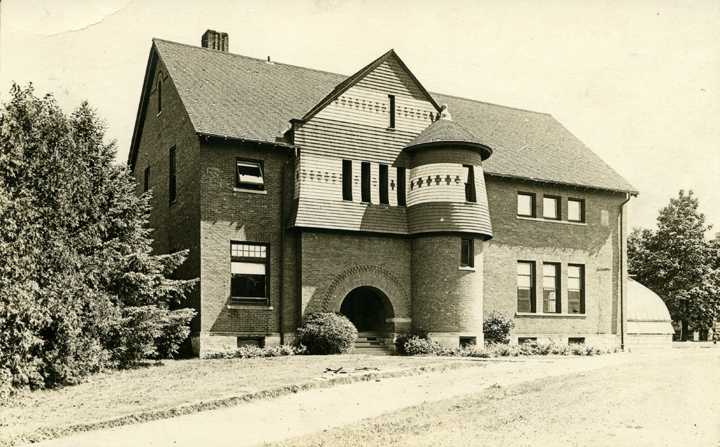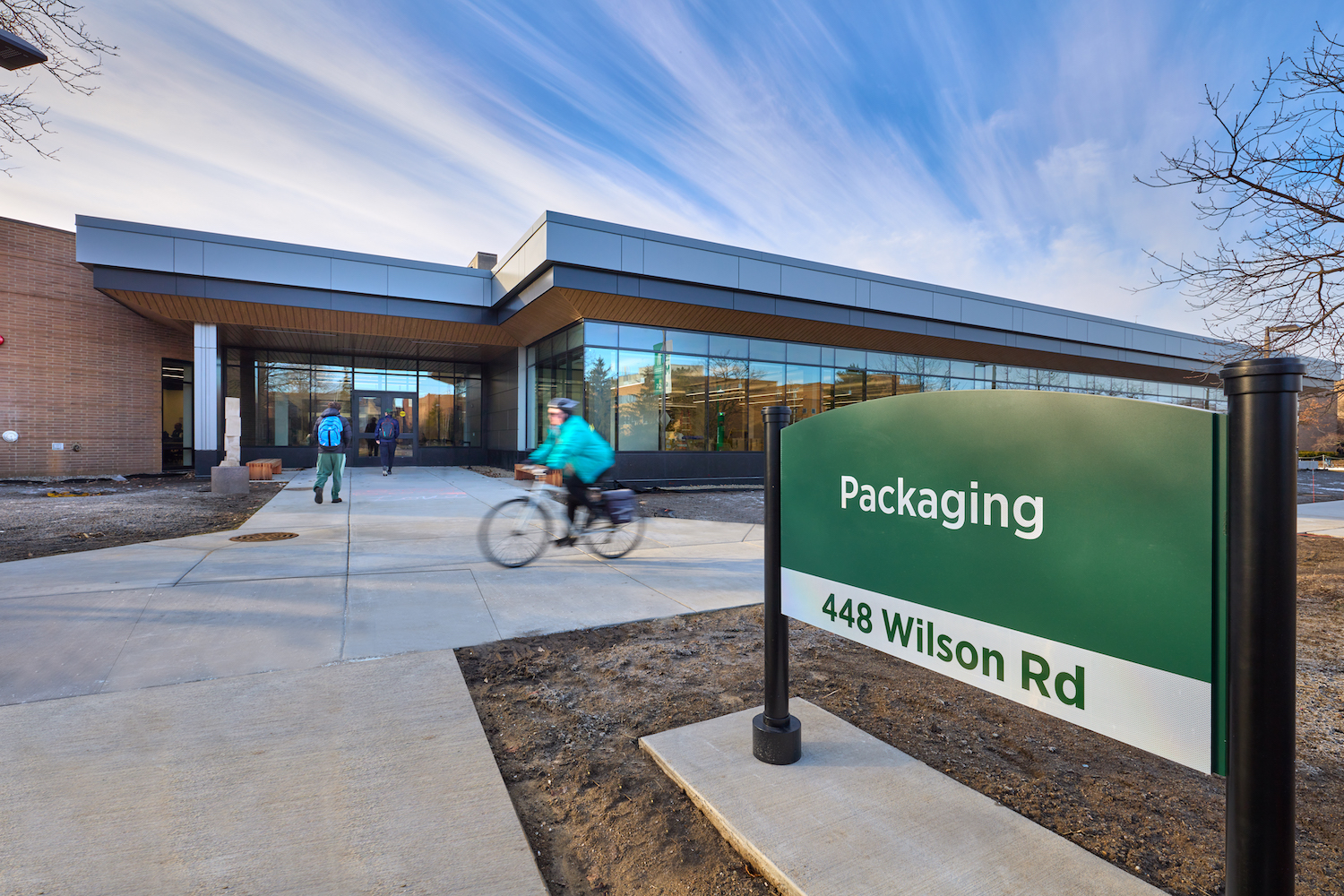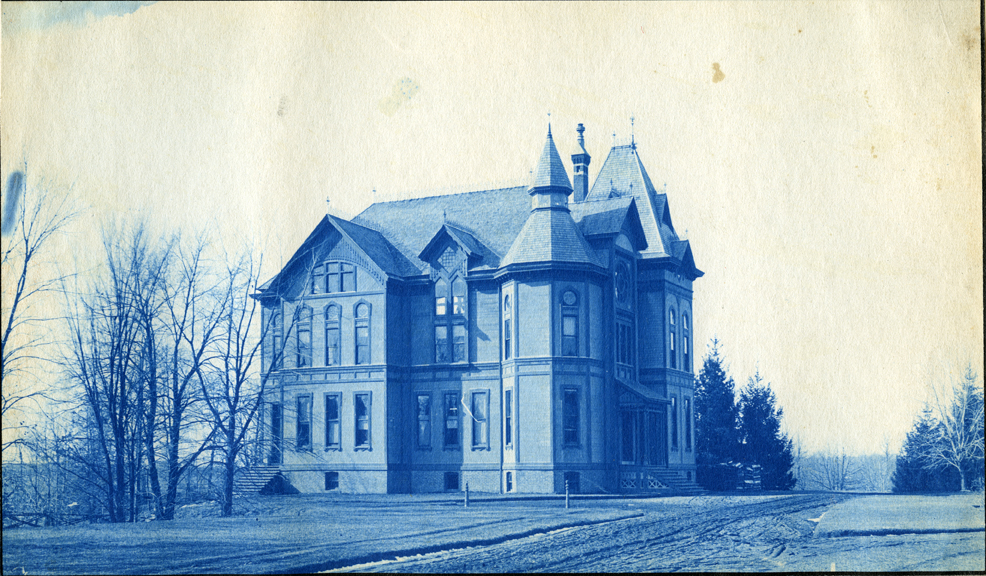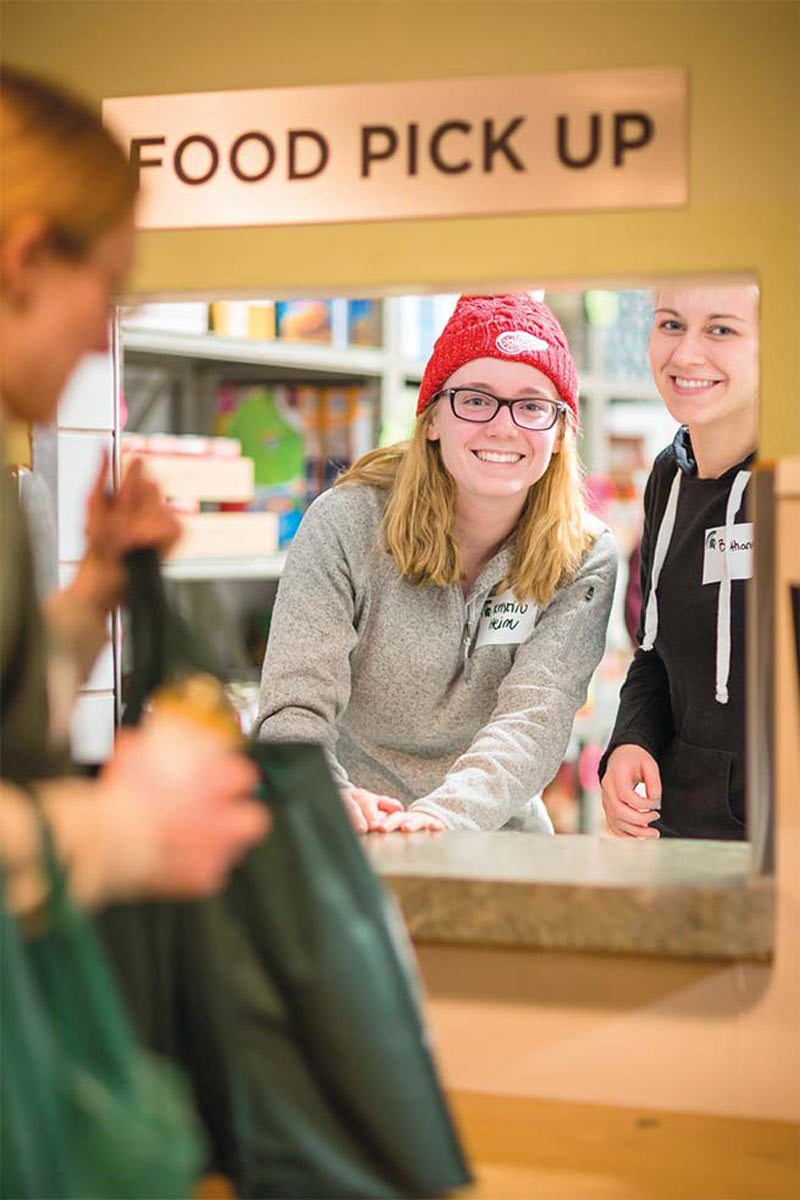Michigan State University helped transform higher education in the United States as the model for the land-grant system that made practical education accessible to more Americans.
Here are a few groundbreaking moments in MSU’s history:
Horticultural heritage

Even before MSU became a land-grant university, the institution was the first in the nation to teach scientific agriculture, advancing agricultural education, research and extension. In 1857, the Department of Horticulture became the first established horticulture department in the United States. Eustace Hall, the first building to be constructed in the United States solely for the teaching and study of horticulture, was completed in 1888, and it remains the second-oldest academic building on campus. The department has offered master’s degrees since 1910 and doctoral degrees since 1927.
Pioneering programs
School of Criminal Justice
Founded in 1935, the School of Criminal Justice in the College of Social Science was the first degree-granting criminal justice program in the U.S. The school conducts cutting-edge research to understand some of the most challenging problems posed by crime and emerging risks and engages with policymakers and practitioners to advance justice. The program is ranked in the top 10 of U.S. News and World Report’s rankings in graduate programs, online graduate programs and online graduate programs for veterans.
School of Hospitality Business
Founded in 1927, the School of Hospitality Business in the Broad College of Business is hailed as the original hospitality business school — and it ranks among the top hospitality programs in the nation. The school has launched the careers of industry presidents at some of the world’s leading hospitality companies and includes an alumni network of more than 10,000 professionals in management careers across hotels, restaurants, clubs, sports and entertainment, the cruise industry, and hospitality real estate development.

School of Packaging
The School of Packaging in the College of Agriculture and Natural Resources holds the prestigious reputation of being the first, the largest and the most comprehensive packaging school in the nation. Created in 1952, the school has conferred more than 10,000 degrees, with graduates thriving in careers across multiple industries and global Fortune 500 companies where they ensure the safety and sustainability of products we use every day.
College of Communication Arts and Sciences
MSU’s College of Communication Arts and Sciences is the first college of communication in the country and has been a pioneer in the industry since opening its doors in 1955. With over 56,000 alumni in career areas such as health and risk communication, sports journalism, public relations, game design and hearing and language disorders, ComArtSci is one of the largest and most respected communication colleges in the nation.
Uniquely MSU
William J. Beal’s legacy

Much of MSU’s leadership in the study of botany traces back to Professor William J. Beal. In 1880, on the site where IM Circle stands today, MSU constructed the first building in the United States known to be designed specifically for botanical research. Beal, whose name graces the oldest continuously operated university botanical garden in the country, used the lab as his office. Although the original building was lost to fire in 1890, its replacement, Old Botany, was completed in 1892 and remains a symbol of MSU’s enduring commitment to plant science and innovation.
Atomic discoveries
In 1982, the world’s first superconducting cyclotron — the K500 — launched at MSU. The K500 was part of the National Superconducting Cyclotron Laboratory at MSU, the predecessor of the Facility for Rare Isotope Beams, or FRIB. MSU is refurbishing its history-making K500 cyclotron to be the heart of a new chip-testing facility for next-generation semiconductor devices at FRIB. The facility will come online in 2025.

MSU Student Food Bank
Founded in 1993, the MSU Student Food Bank was the first in the nation to be run by students, for students. Each year, the MSU Student Food Bank serves over 6,000 students, many with families, and distributes over 110,000 pounds of food. The program not only meets immediate needs but also empowers students through leadership and volunteer opportunities, demonstrating MSU’s commitment to student success.
MSU Safe Place
In 1994, former MSU first lady Joanne McPherson led the establishment of MSU Safe Place, the nation’s first on-campus shelter at a university to provide support for victims of domestic violence and stalking. MSU Safe Place provides free, confidential services — including shelter, counseling and advocacy — to the MSU community and Greater Lansing area, trains 15,000 individuals annually through education and consulting, and collaborates with campus and community partners to address relationship violence and stalking.
MSU Museum and the Smithsonian
The MSU Museum was the first museum in Michigan to become a Smithsonian Affiliate, giving it access to the vast resources and collections of the Smithsonian Institution. The partnership elevates MSU’s role in bringing high-caliber exhibitions and programs to the state — like this exhibit highlighting the importance of the boreal forest.
